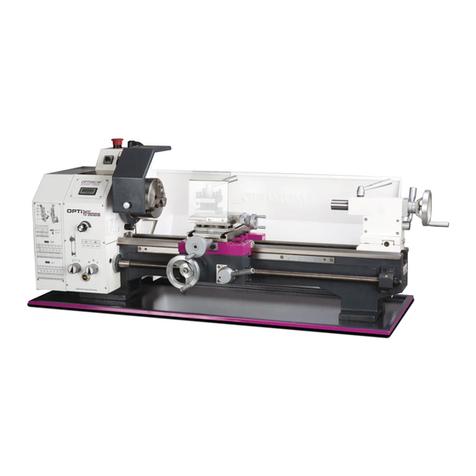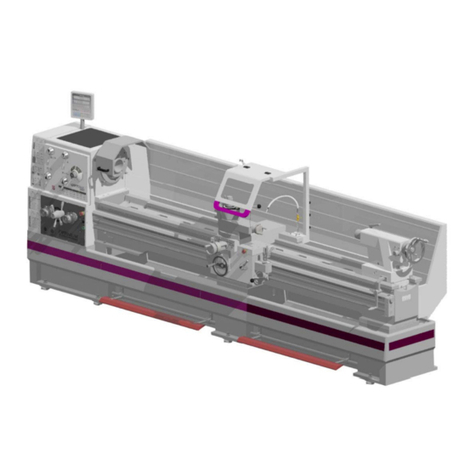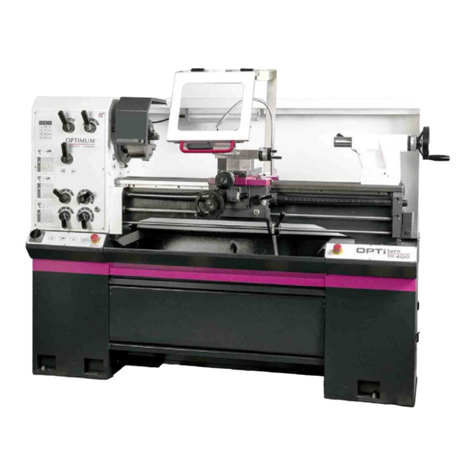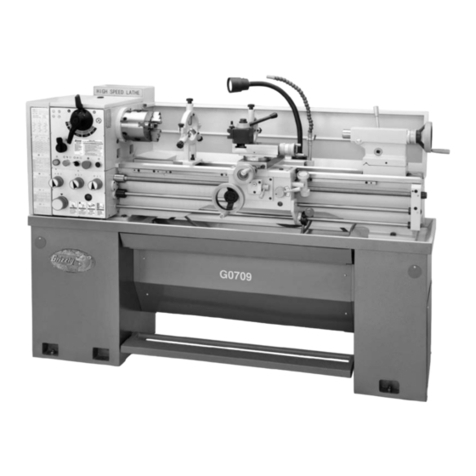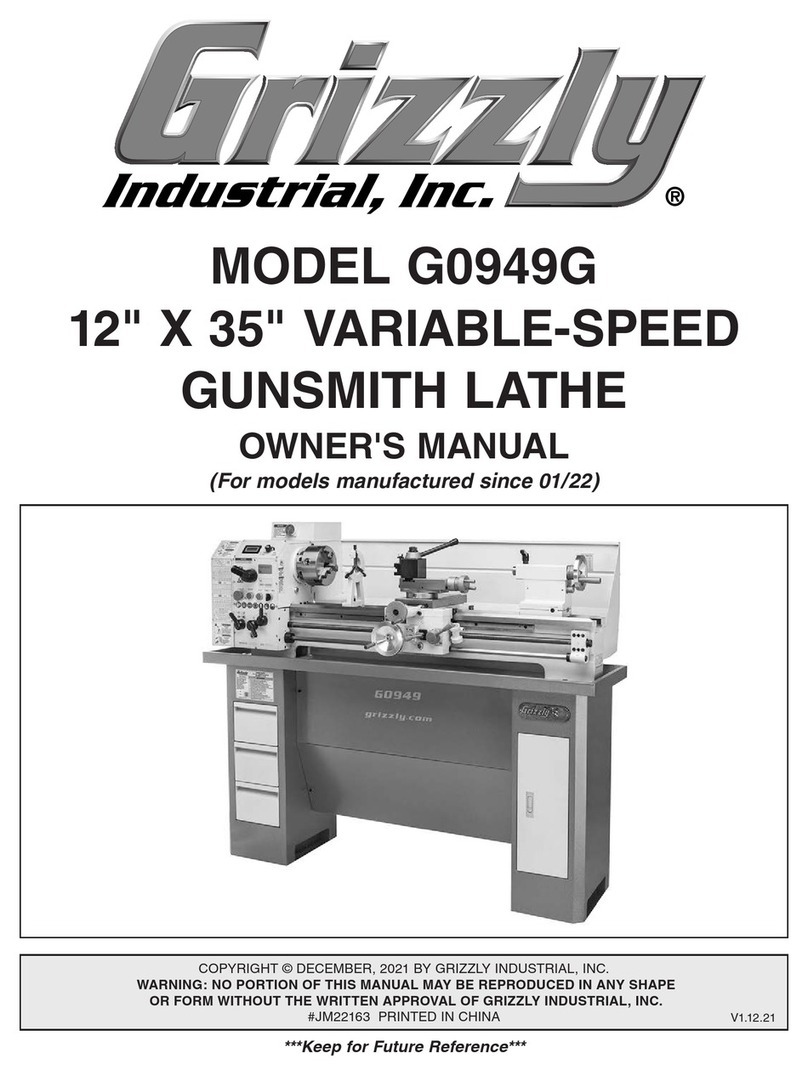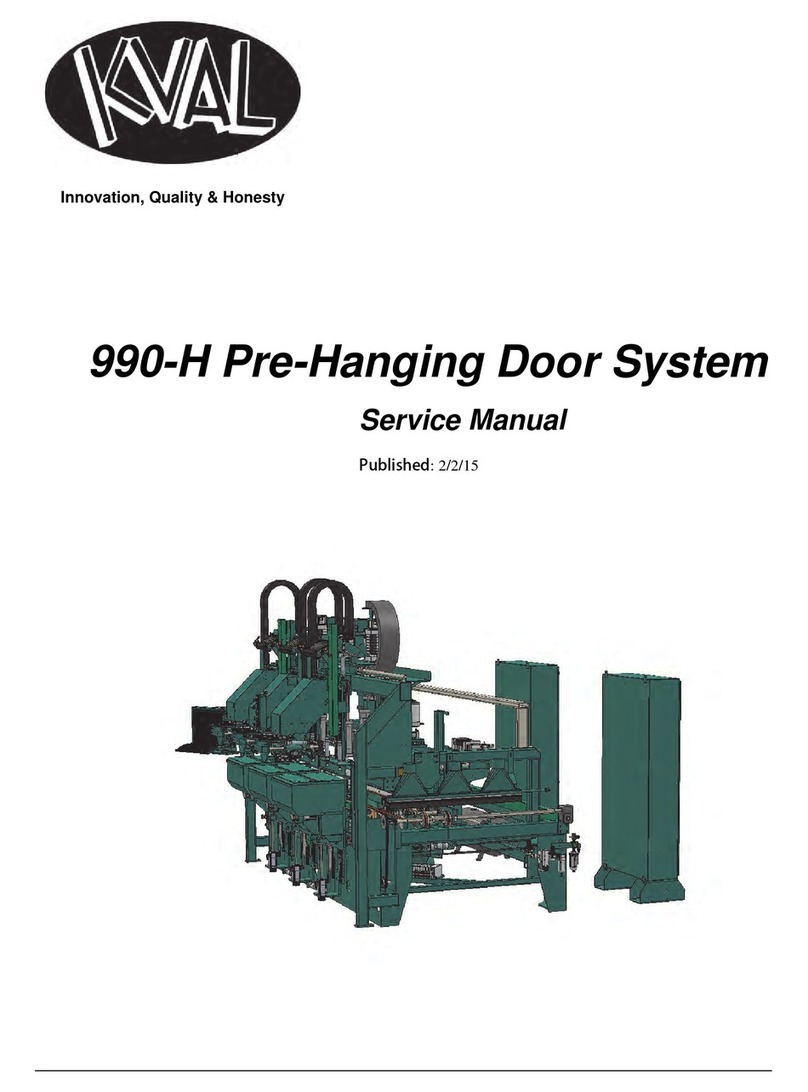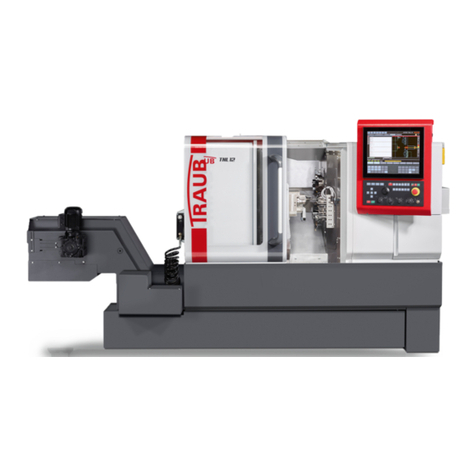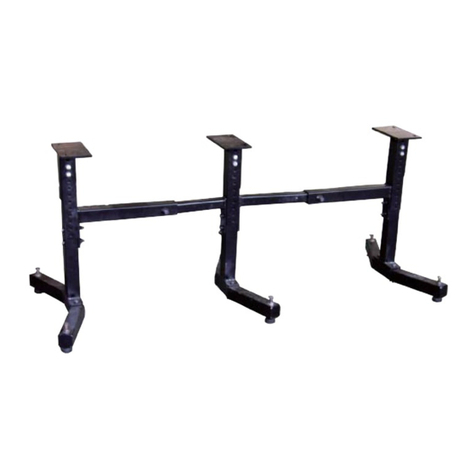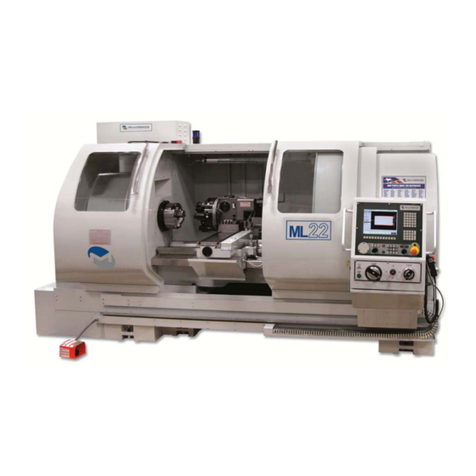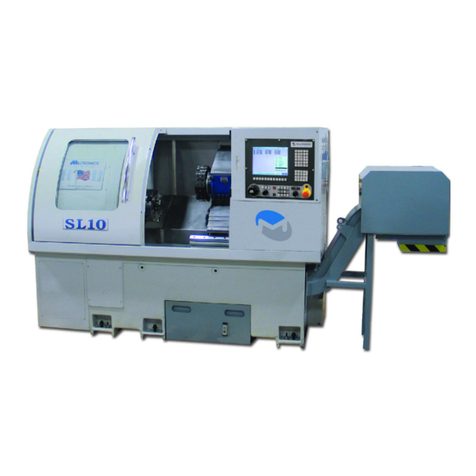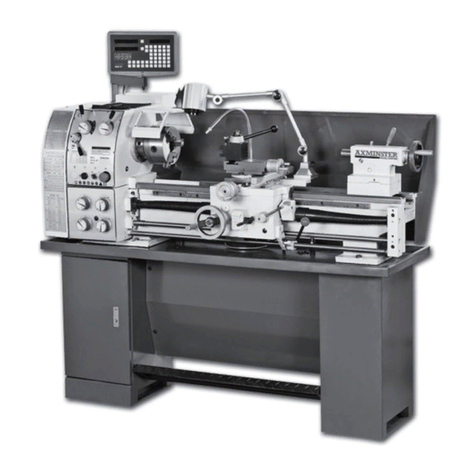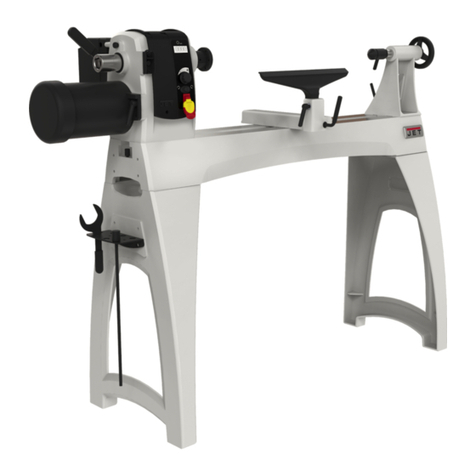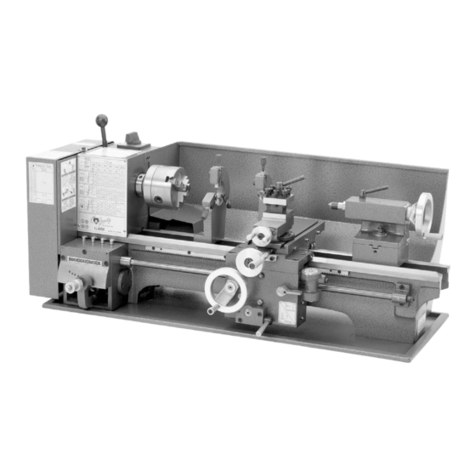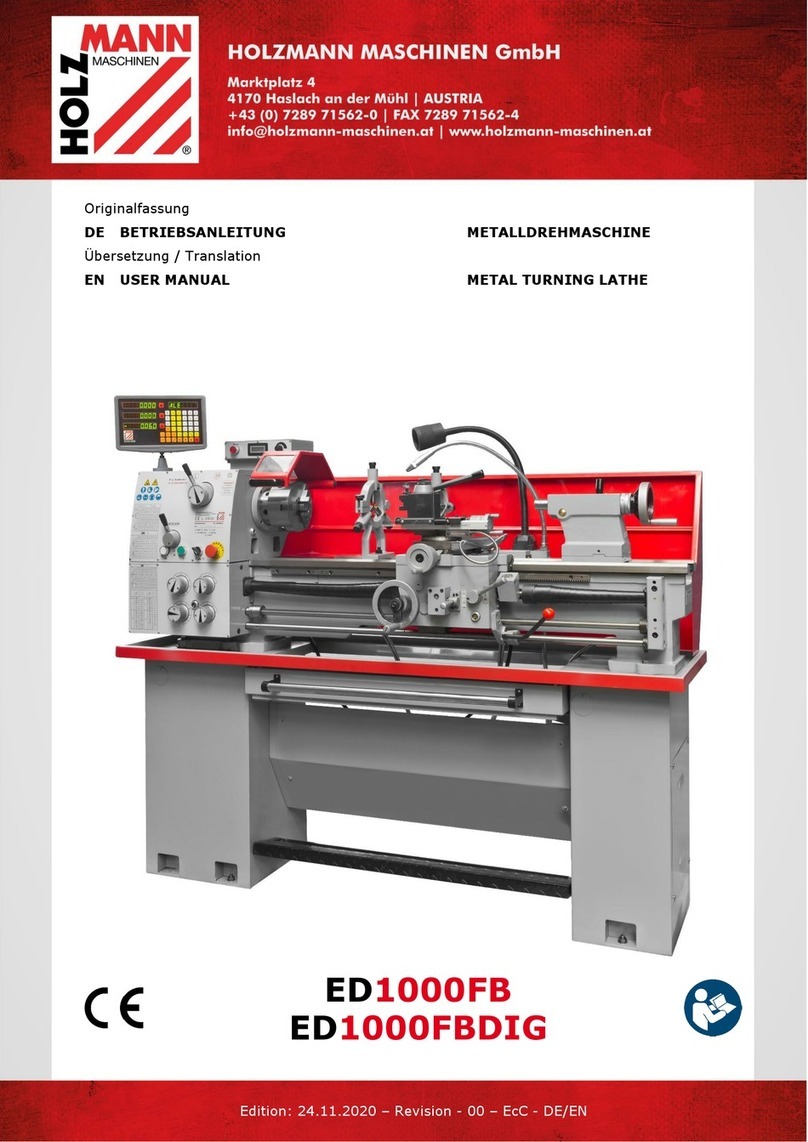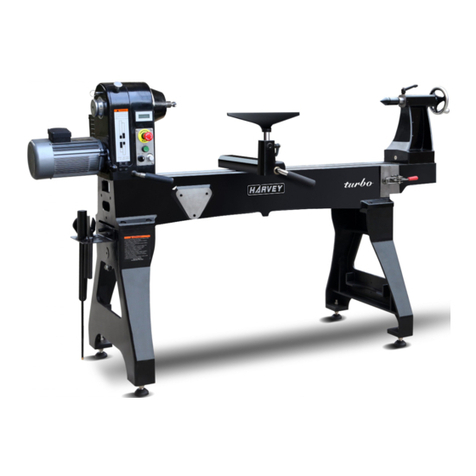
Version 1.0.1 dated 2017-11-16 Page 3Translation of the original instructions
TX6222 GB
OPTIMUM
MASCHINEN - GERMANY
®
3.4.1 Forklift ............................................................................................................................................24
3.4.2 Crane .............................................................................................................................................25
3.5 Installation conditions .................................................................................................................................. 26
3.5.1 Foundation and floor ......................................................................................................................26
3.5.2 Local requirements for delivery ......................................................................................................26
3.5.3 Installation plan ..............................................................................................................................27
3.6 Assembly and installation, initial operation.................................................................................................. 27
3.6.1 Anchor-free assembly ....................................................................................................................27
3.6.2 Vibration-free assembly .................................................................................................................28
3.6.3 Anchored assembly .......................................................................................................................29
3.6.4 Aligning the machine .....................................................................................................................30
3.7 Cleaning the machine.................................................................................................................................. 31
3.7.1 Lubrication .....................................................................................................................................31
3.8 One-component paint.................................................................................................................................. 31
3.9 Electrical connection ................................................................................................................................... 32
3.10 Start and stop spindle rotation..................................................................................................................... 32
3.11 Warming up the machine ............................................................................................................................ 32
4Operation
4.1 Control and indicating elements .................................................................................................................. 33
4.2 Safety .......................................................................................................................................................... 34
4.3 Switching on the machine ........................................................................................................................... 34
4.4 Switching off the machine ........................................................................................................................... 34
4.5 Resetting an emergency stop condition ...................................................................................................... 34
4.6 Power failure, Restoring readiness for operation ........................................................................................ 34
4.7 Foot brake ................................................................................................................................................... 34
4.8 Speed setting .............................................................................................................................................. 35
4.8.1 Rotational direction ........................................................................................................................35
4.8.2 Speed ............................................................................................................................................35
4.9 Feed ............................................................................................................................................................ 35
4.9.1 Longitudinal feed selection ............................................................................................................35
4.9.2 Cross feed selection ......................................................................................................................36
4.9.3 Thread selection ............................................................................................................................36
4.10 Spindle seat Camlock DIN ISO 702-2 ......................................................................................................... 36
4.10.1 Fasten workpiece holder ................................................................................................................37
4.10.2 Adjusting the Camlock bolts to the workpiece holder ....................................................................37
4.11 Lathe chuck ................................................................................................................................................. 37
4.11.1 Speed information, maintenance recommendations,
reference speed in accordance with DIN 6386 38
4.11.2 Influencing factors that significantly impact the tensioning force ...................................................38
4.11.3 Maintenance of chucks ..................................................................................................................39
4.12 Clamping a workpiece into the lathe chuck ................................................................................................. 39
4.12.1 Clamping long workpieces .............................................................................................................40
4.13 Mounting workpiece holder ......................................................................................................................... 42
4.13.1 Centering point in lathe spindle .....................................................................................................42
4.14 Mounting of rests......................................................................................................................................... 42
4.14.1 Follow rest and steady rest ............................................................................................................42
4.15 Bed insert .................................................................................................................................................... 43
4.16 General operating instructions .................................................................................................................... 43
4.16.1 Longitudinal turning .......................................................................................................................43
4.16.2 Face turning and recessing ...........................................................................................................44
4.16.3 Fixing the lathe saddle ...................................................................................................................44
4.16.4 Tailstock .........................................................................................................................................44
4.17 Manual movements ..................................................................................................................................... 44
4.18 Automatic feed ............................................................................................................................................ 44
4.18.1 Straight turning ..............................................................................................................................45
4.18.2 Face turning ...................................................................................................................................46
4.18.3 Rapid traverse ...............................................................................................................................46
4.19 Turning tapers ............................................................................................................................................. 47
4.19.1 Cross-adjustment of the tailstock ...................................................................................................47
